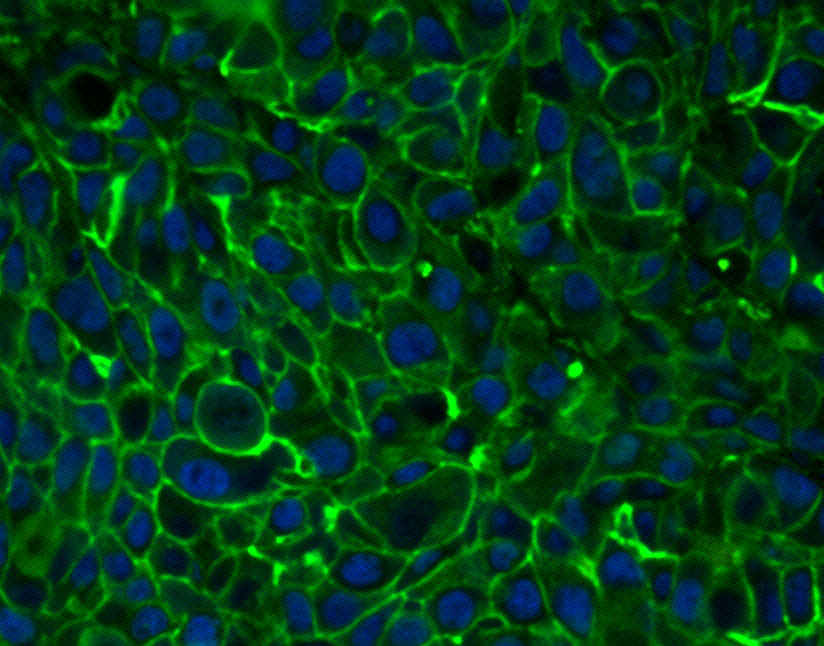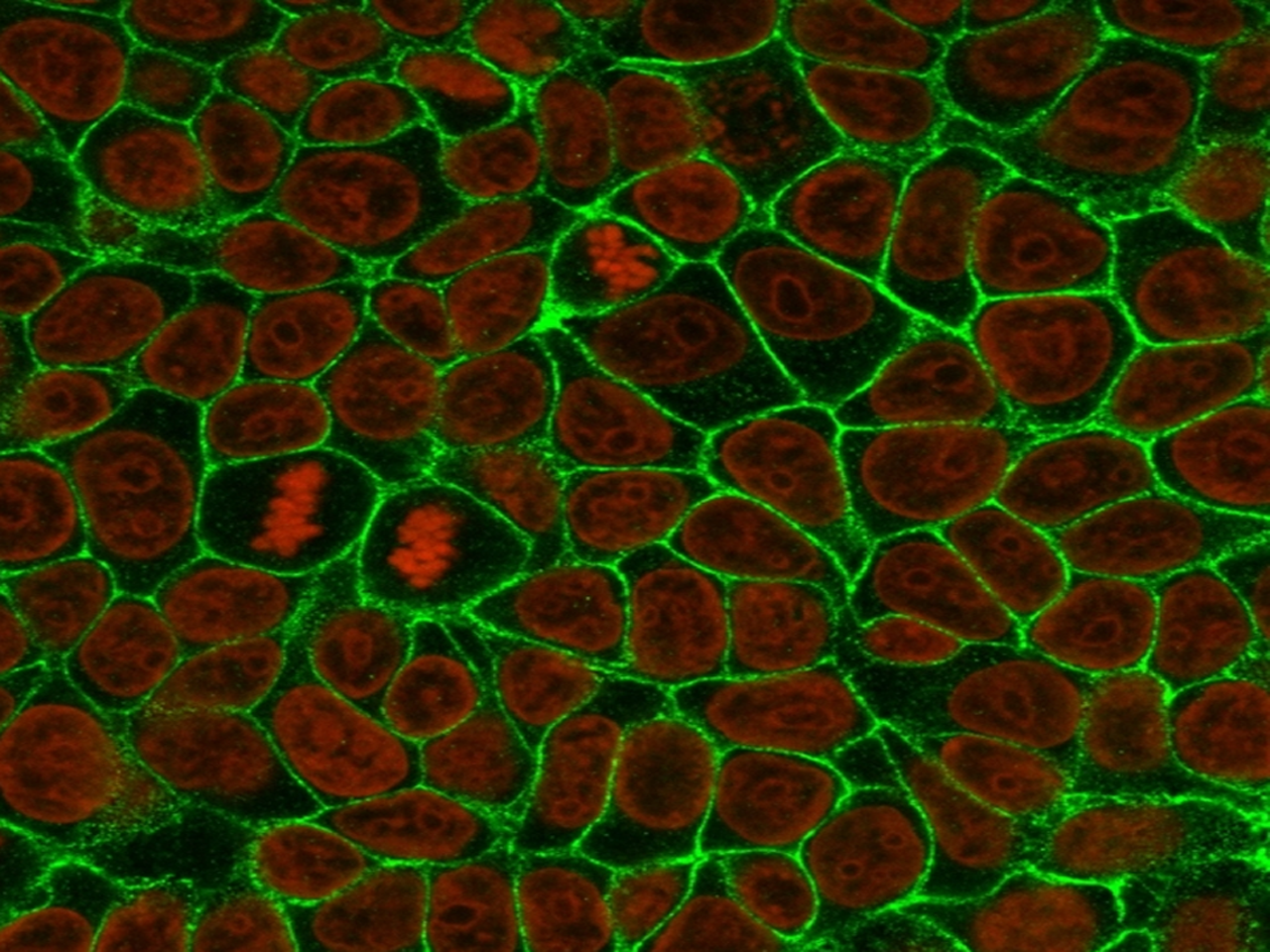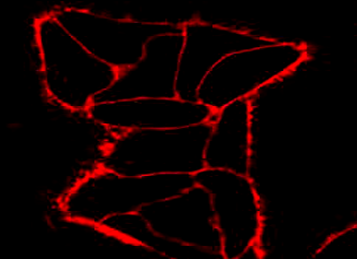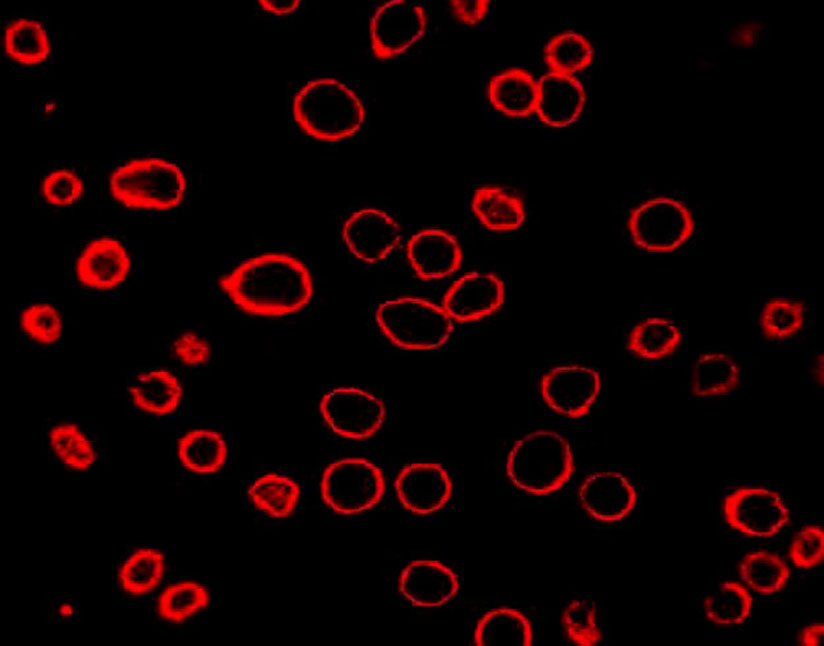Basic Information
Product name | Dilinoleyl DiI Membrane Probe (Orange-Red) |
Size | 5 mg |
Storage | Store at 4°C, away from light |
Shipping | Shipped with ice pack |
Validity | 12 months |
Dilinoleyl DiI excitation/emission wavelength: 549/565 nm
Product Introduction
DiI is a lipophilic membrane dye that, once incorporated into the cell membrane, can laterally diffuse to gradually stain the entire cell membrane. The fluorescence of DiI is very weak before it enters the cell membrane and can only be excited to produce strong fluorescence after it has entered the cell membrane. It is commonly used together with DiA for dual-color labeling of cell membranes.
In addition to being used for fluorescence labeling of cell membranes, DiI can also be used to detect cell fusion and adhesion, cell migration during development or transplantation, lipid diffusion in cell membranes through FRAP (Fluorescence Recovery After Photobleaching), cell toxicity, and labeling of lipoproteins.
After staining with DiI, fixation with paraformaldehyde (other reagents such as methanol should not be used) can be performed. However, it is not recommended to conduct permeabilization after staining. In addition, good plasma membrane staining can also be achieved after fixation and permeabilization (with 0.1% Triton X-100 at room temperature).
Reagent preparation
Staining solution preparation
(1) Preparation of stock solution: The stock solution is prepared with anhydrous DMSO or EtOH at a concentration of 1~10 mM.
Note: Unused stock solution should be stored in aliquots at -20℃ to avoid repeated freezing and thawing.
(2) Preparation of working solution: Dilute the stock solution with a suitable buffer (e.g. serum-free culture medium, HBSS or PBS) to prepare a working solution with a concentration of 1-10 μM.
Note: The final concentration of the working solution is recommended to be optimized according to different cell lines and experimental systems. It is recommended to start exploring the optimal concentration within a range of 10 times the recommended concentration.
Note: This reagent is for scientific research use only!




